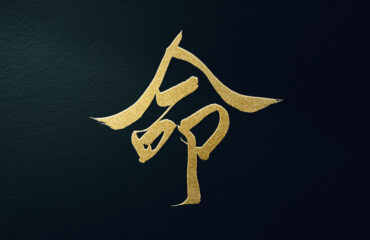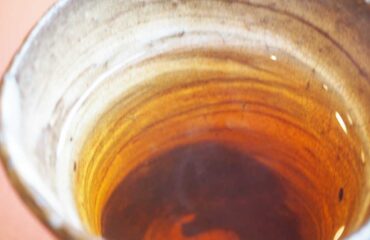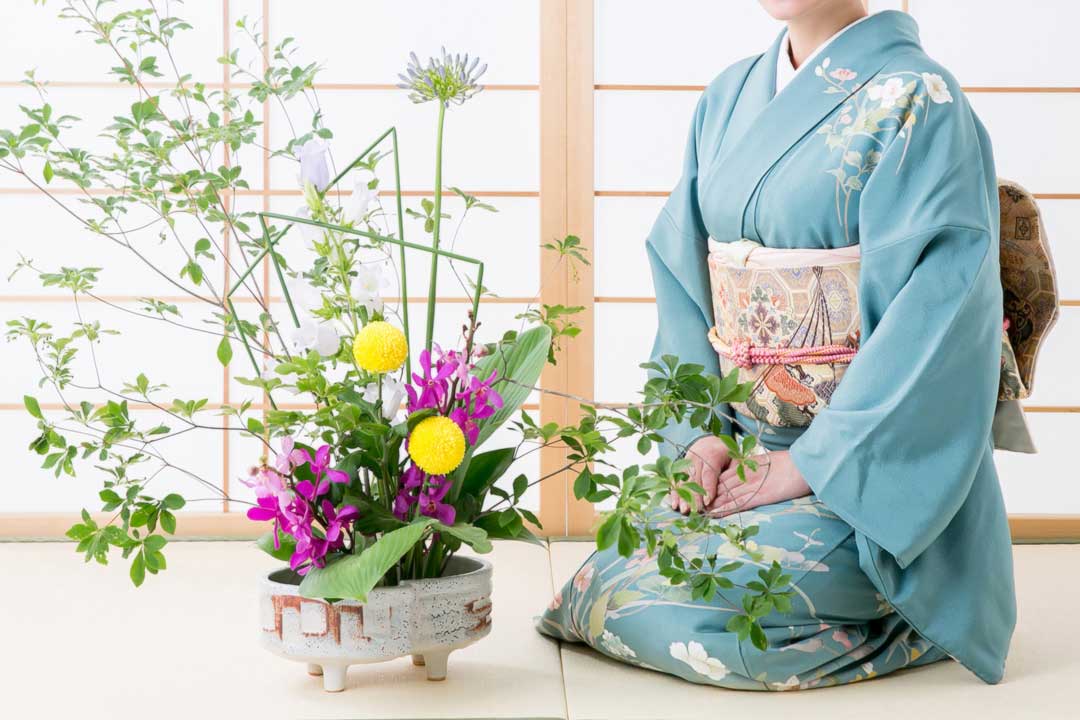
When you hear “Ikebana”, what springs to mind?
For many, this traditional Japanese art form may seem a little austere or formal, yet it’s currently enjoying a resurgence as a popular hobby.
This guide aims to introduce beginners to Ikebana, providing some essential basic knowledge to get you started.
With a good understanding of the basics, you’ll be well-equipped to delve deeper into the world of Ikebana.
So, if you’re thinking of starting Ikebana, this is the perfect place to begin.
What is Ikebana?
Let’s start with the basics: what exactly is Ikebana?
It might seem complex or inaccessible, but Ikebana is far more relaxed and approachable than you might think.
In its simplest form, Ikebana is the art of arranging a selection of flowers and plants in a vase to create a display.
Originally, Ikebana started as a ritual by Buddhist monks who arranged flowers to offer to Buddha.
It has evolved through the ages, preserving its tradition while also incorporating elements of contemporary trends.
Today, Ikebana transcends age and gender barriers and enriches the lives of many as a rewarding hobby or leisure activity.
It can be enjoyed not only by creating arrangements but also by appreciating the works of others.
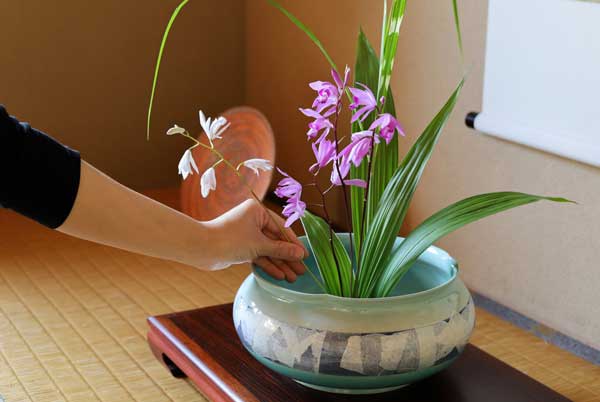
The History of Ikebana
The origins of Ikebana can be traced back to the 6th century when Buddhism was introduced to Japan from China and Korea.
During Buddhist rituals, flowers were used as offerings to the spirits ofthe deceased and Buddha, which led to the development of Ikebana.
Over time, the practice of Ikebana became increasingly secular, and by the mid-15th century, the first Ikebana style, known as Rikka, was established.
This early style aimed to represent the beauty of the entire universe in a single arrangement.
By the 16th century, a simpler style called Chabana, meaning ‘tea flowers’, emerged to complement the austere aesthetics of the tea ceremony.
This was the start of what we now consider the aesthetic principles of Ikebana, with a focus on space, asymmetry, and simplicity.
During the Edo period (1603-1868), Ikebana became increasingly popular among the common people, and numerous Ikebana schools were established.
Different styles of Ikebana developed during this time, further emphasizing its role in Japanese culture.
In the modern era, Ikebana continues to evolve, with contemporary styles incorporating unconventional materials and experimental techniques.
Yet the underlying philosophy of appreciating the beauty of nature and expressing it in a simple and succinct form remains unchanged.
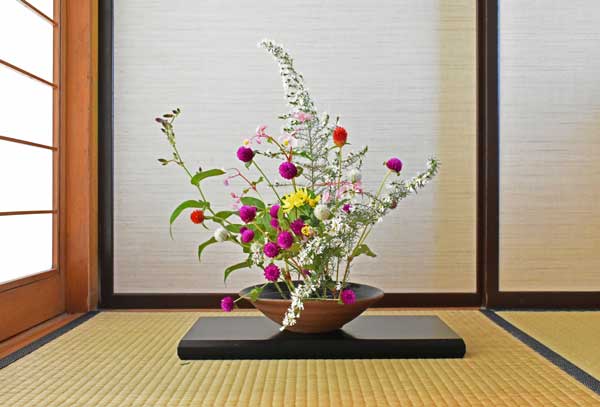
Ikebana Difficult?
Ikebana requires some knowledge of the formalities and the use of appropriate vessels which can make it seem a bit daunting.
However, it can easily be incorporated into daily life.
If you’re new to Ikebana, starting at home is an excellent way to begin.
Try arranging seasonal flowers and plants in your favourite vase.
You might picture Ikebana as being displayed in traditional Japanese tatami rooms, but there are no set rules about where to place your arrangements.
Why not try brightening up your entranceway for guests, or your living or dining area where your family gathers?
Incorporating Ikebana into your everyday life can offer moments of tranquility and enrichment.
What’s the Difference Between Ikebana and Flower Arrangement?
You may have seen adorable bouquets and baskets – known as flower arrangements – in florists.
Despite both involving enjoyable ways to engage with flowers, there are subtle differences between Ikebana and flower arrangements.
Flower arrangements are often described as an ‘art of addition’, while Ikebana is seen as an ‘art of subtraction’.
The way you approach each piece varies accordingly.
In the ‘art of addition’ of flower arrangement, you’ll fill the space with numerous flowers.
On the other hand, Ikebana, the ‘art of subtraction’, encourages creating a piece that leverages space with as few flowers and plants as possible.
This approach allows you to appreciate a different kind of beauty, nurturing a sense of the Japanese aesthetic principle of ‘ma’ or ’emptiness’.
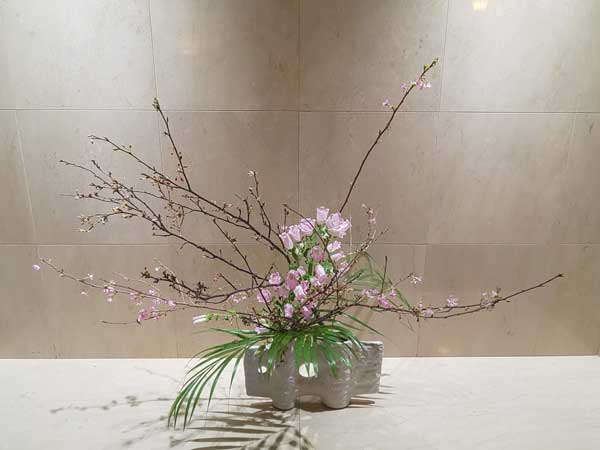
Ikebana: The Essential Tools
Ikebana, the art of Japanese flower arrangement, isn’t simply about the flowers.
It’s a blend of traditional practices, aesthetic considerations, and crucial tools that contribute to the creation of a balanced and harmonious arrangement.
Let’s take a look at some of these essential tools.
1. Ikebana Scissors
At the top of the list of Ikebana tools are the Ikebana Scissors.
These aren’t your regular scissors; their sharp blades are uniquely designed to cut through plant stems and roots without crushing them.
Attempting to replace them with regular scissors won’t yield the same results, making Ikebana scissors an indispensable tool in this art form.
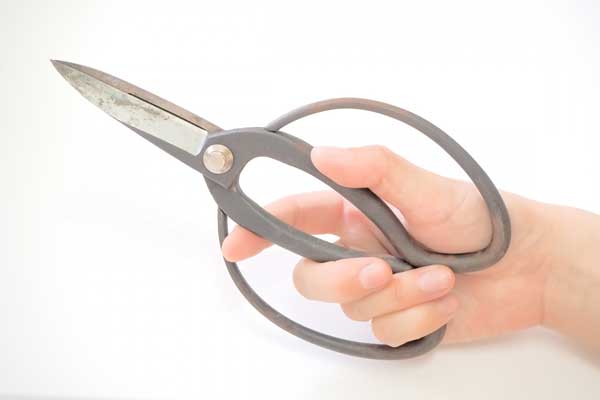
2. Ikebana Vase
The Ikebana Vase is much more than a container for your floral arrangement.
These vessels come in various sizes and materials and play a significant role in creating a beautiful arrangement.
Their relationship with the flowers and the harmony they create together is a crucial aspect of Ikebana.
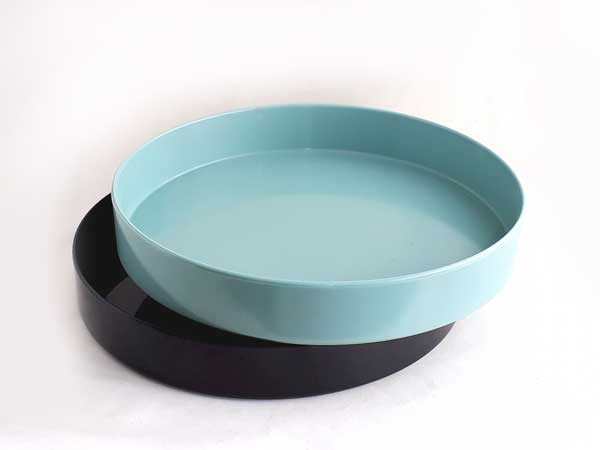
3. Kenzan
The Kenzan, also known as a spiked frog, is another representative tool in the world of Ikebana.
It’s a metal plate with numerous sharp pins used to secure the flowers in place. However, not every Ikebana arrangement requires a Kenzan.
Sometimes other types of fixtures like ‘Kikkou’ or ‘Shippo’ (types of perforated holders) are used, or in some cases, tape or wire.
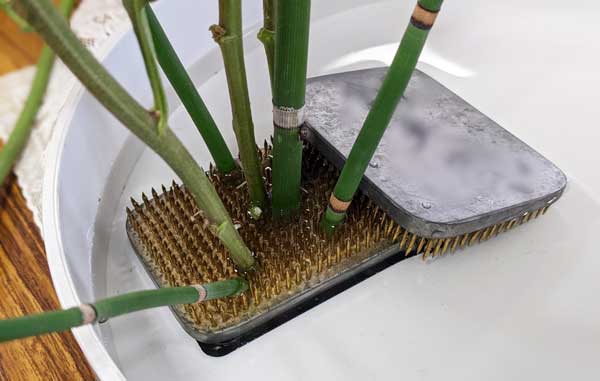
4. Floral Material
Lastly, the Floral Material you use in your Ikebana arrangement is a vital consideration.
While ‘floral material’ might immediately conjure images of flowers, in Ikebana, it refers to all the plant materials used in an arrangement, such as grasses, trees, and moss.
Depending on the piece, algae or seaweed might also be used.
And in some schools of Ikebana, even dried flowers are used.
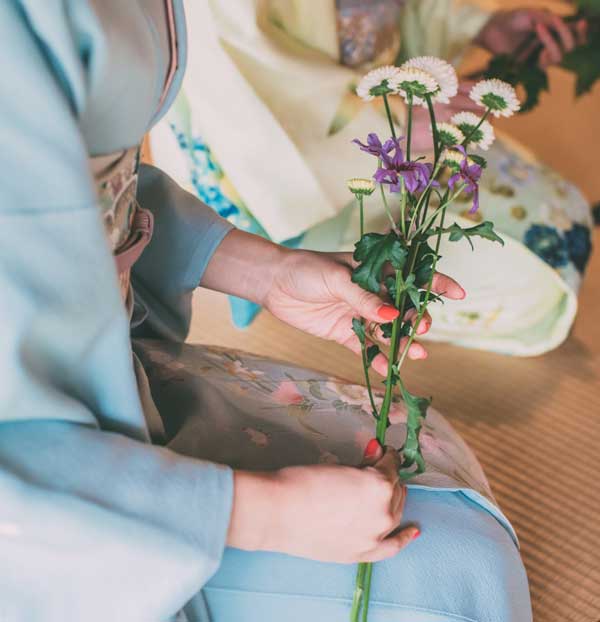
Conclusion
Ikebana is a wonderful way to appreciate the beauty and tranquility of nature.
It’s not just about arranging flowers in a vase, it’s also a means of self-expression and introspection.
By reading this guide, you’ve deepened your basic understanding of Ikebana, learned about its history and techniques.
Utilize this knowledge to try your hand at creating your own Ikebana, incorporating its serene beauty into your everyday life.
Other Introduction
Bonsai Basics: A Beginner’s Guide
Tradition of Japanese Tea Ceremony – Sado


